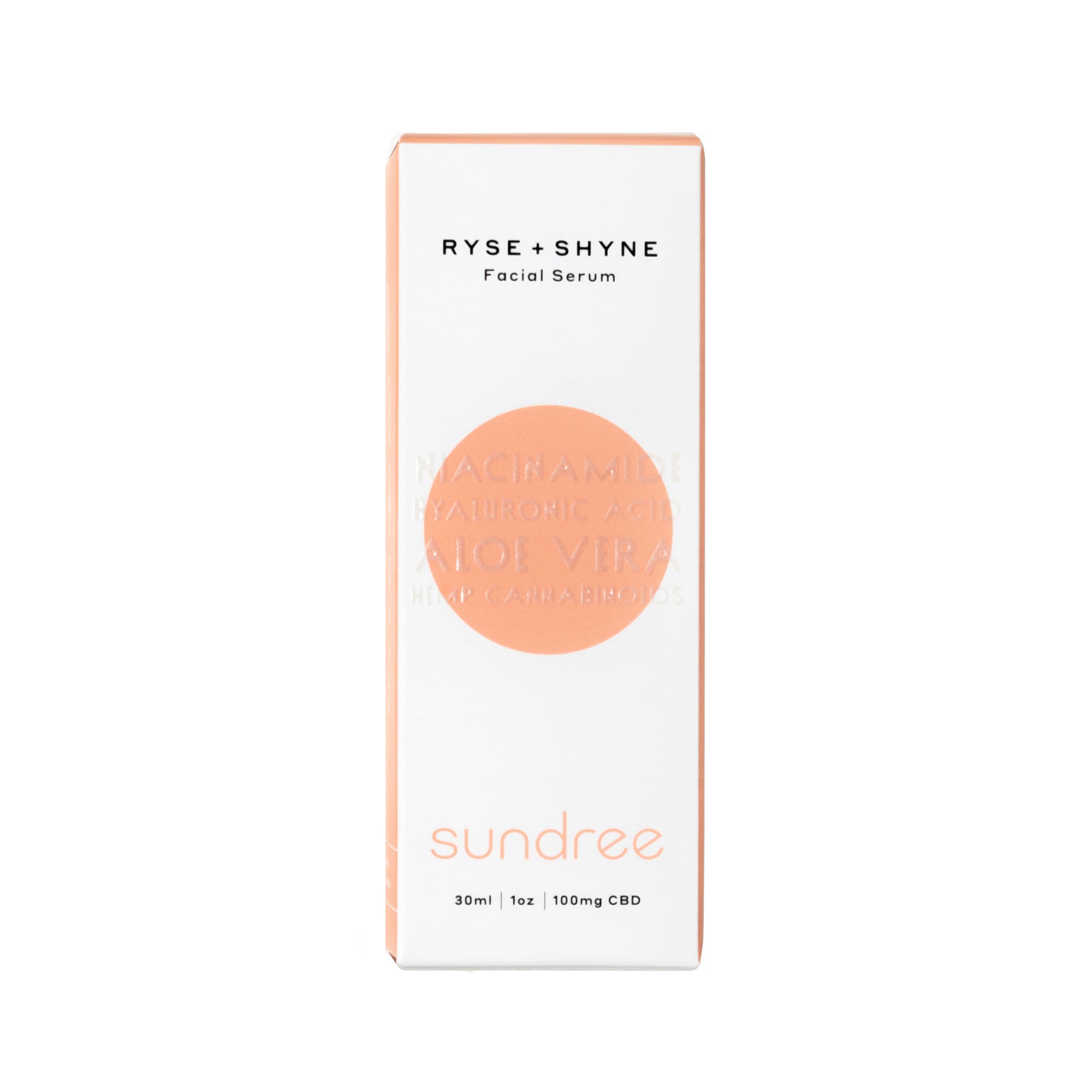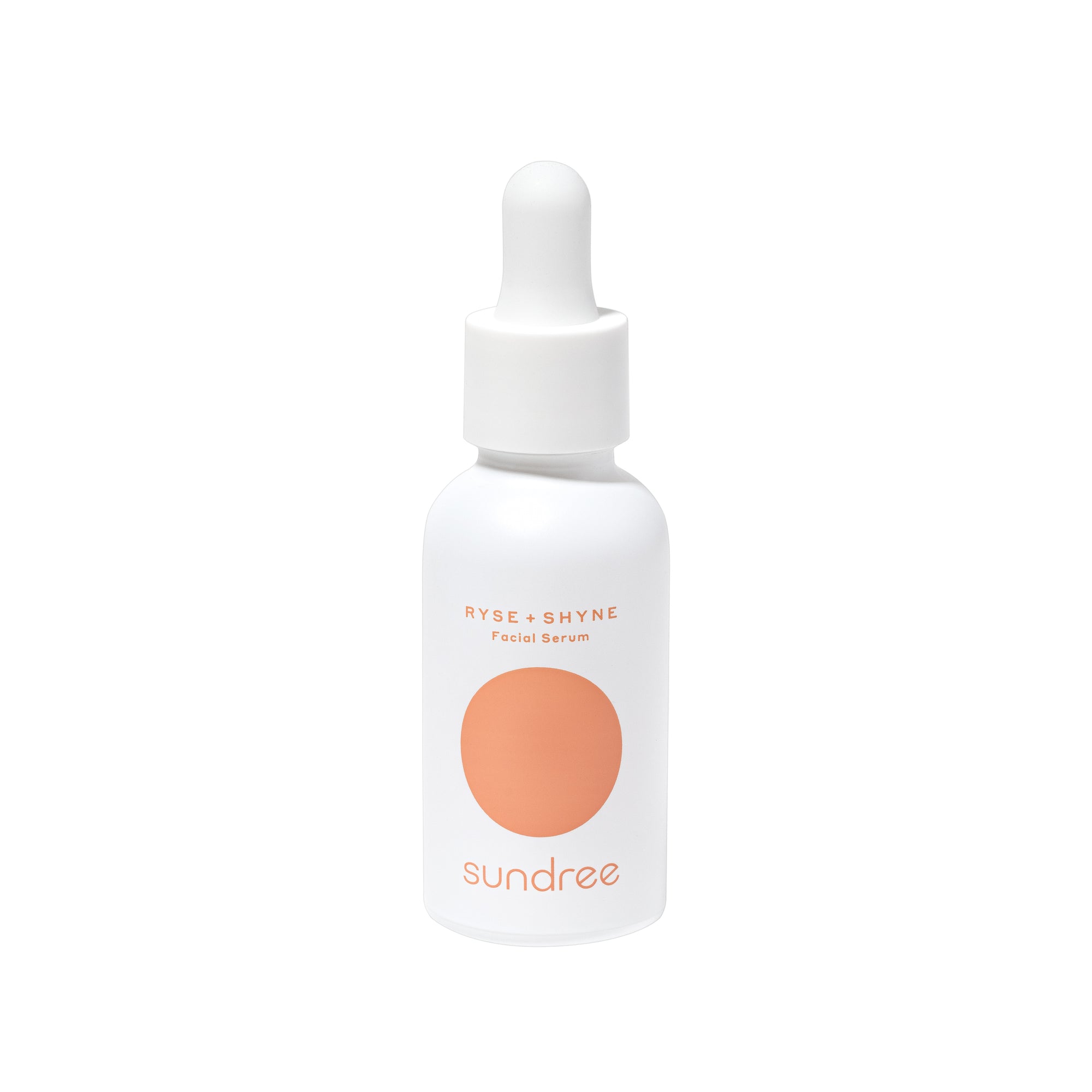We are all familiar with fine lines and wrinkles. They will eventually appear no matter how much we strive to prevent them. This is why many skincare products aim to treat or reverse fine lines and wrinkles. The fact is that fine lines and wrinkles are two different skin problems.
We are used to hearing about wrinkles and fine lines in the same sentence, making us think they are the same or interchangeable. But have you ever considered the difference between these two, which one you’re dealing with, or which one appeared on your face first? Well, keep on reading to learn more.
What Causes Fine Lines and Wrinkles?
The natural process of aging, along with various other internal and external elements, causes a drop in the manufacturing of collagen, elastin, and other skin-savvy compounds in the skin, which lead to loss of thickness and firmness in the skin.
Moreover, as we age, our skin starts losing its natural moisture, and fat cells in the deeper layer of the skin also start to break down. All these factors cause changes to the structure and shape of the skin, which leads to the emergence of fine lines and wrinkles and make already present fine lines and wrinkles even more pronounced. Common reasons that accelerate the skin’s aging process include collagen breakdown, exposure to UV rays, repeated facial movements, smoking, hormonal changes, dehydration, inappropriate diet, wrong skincare products, and toxic environmental chemicals.¹ Sometimes a combination of these agents deteriorates the skin’s health and appearance.
What are Fine Lines?
As the name puts it forward, fine lines are characterized by small, shallow, and superficial creases on the surface level of the skin and do not form in the deeper layers of the skin. These lines are less deep than two millimeters and are linked with the earliest signs of aging. Fine lines appear on the thin and delicate areas of the skin or the areas that move a lot during the day, particularly near the eyes and around the mouth. Fine lines around the eyes are commonly called crow’s feet, while the creases around your mouth are called laugh lines or smile lines.²
Fine lines result from loss of collagen, genetics, dryness, smoking, side sleeping, and repetitive movements of facial muscles, such as smiling, frowning, laughing, and squinting. Oxidative damage is another primary reason behind the appearance of fine lines. Fine lines can become more pronounced over time, turning into deeper wrinkles and folds.
What are Wrinkles?
Wrinkles, on the other hand, develop in the deeper layers of the skin. Think of them as untreated or more profound fine lines. The depth of creases on the skin differentiates fine lines from wrinkles. They are more profound, unlike superficial fine lines. While fine lines are considered minor skin imperfections, wrinkles are considered the ultimate, deeper facial folds on the skin.
Unlike fine lines, wrinkles do not just arise due to repetitive facial movements. They are mainly formed due to muscle contractions under the skin and can affect any part of the body, especially the face, chest, neck, and hands. Prolonged contraction of even tiny muscles can have an adverse effect on the skin’s shape and structure, resulting in wrinkles. Some other elements that trigger the formation of fine lines also cause wrinkles, including environmental pollutants, age, dryness, and unhealthy habits.
Types of Wrinkles
Skincare experts have divided wrinkles into two categories; dynamic and static. Dynamic wrinkles appear when you make a facial movement or expression. However, they disappear when you relax your facial muscles. For instance, you can see wrinkles between your eyebrows when you frown, but they go away as soon as you relax. Unfortunately, unlike dynamic wrinkles, static wrinkles don’t disappear when you relax your muscles. If you have static wrinkles between your eyebrows, they will not smooth out when you relax. It’s much more likely that your dynamic wrinkles will turn into static ones if you don’t take any treatment measures.
How to Treat Fine Lines and Wrinkles?
We all know it’s unavoidable to avoid fine lines and wrinkles. They’ll catch up with you at some point in your life. While we can’t escape the natural aging process, we can delay and reverse it through proper skincare and a healthy lifestyle to enjoy a youthful, radiant, smooth complexion in the long run. Here’s what you can do to reduce, treat, and prevent fine lines and wrinkles:
Optimize Hydration - As mentioned earlier, the skin loses its essential moisture over time. Maximizing your hydration level is crucial to compensate for the lost moisture. You might have noticed that when your skin is dry and dehydrated, your fine lines and wrinkles appear more prominent. So, consume plenty of water during the day as an integral part of your anti-aging skincare routine to fight or reverse fine lines and wrinkles. Also, replace your sugary beverages with water because sugar can trigger aging signs.
Keep Your Skin Moisturized - Besides drinking lots of water throughout the day, applying hydrating and moisturizing skincare products to the skin is essential to restore and retain moisture. Look for a moisturizing lotion, cream, or gel according to your skin type with anti-aging ingredients, such as hyaluronic acid, vitamin C, niacinamide, and ceramides.
To further enhance your skin’s moisture level and take your anti-aging skincare routine to the next level, apply a hydrating facial serum and lock in hydration with your moisturizer.³ Remember that deeply hydrated, moisturized, and plump skin decreases the impression of fine lines and wrinkles.
We love using Sundree’s RYSE+SHYNE facial serum! This lightweight facial serum contains Hyaluronic acid, vitamin C, niacinamide, and CBD. This hydrating facial serum will work overtime to help improve skin texture while minimizing the appearance of fine lines and wrinkles.
Protect Your Skin from the Sun - One of the most significant steps you can take towards a fine line and wrinkle-free complexion is to shield your skin against UV radiations, as sun damage is at the top of the reasons behind the appearance of fine lines and wrinkles. Although limiting your sun exposure is the best approach to protecting your skin, it’s unavoidable for most of us.
To reduce the risk of developing fine lines and wrinkles or to prevent them from getting worse, always apply and reapply sunscreen with SPF 30+. Moreover, wear protective wear, such as a full-sleeve shirt, a scarf, a wide-brimmed hat, and sunglasses.
Don’t Neglect Your Neck and Décolletage - While we tend to pay close attention to our facial skin and its issues, we often neglect the skin below our jawline. Unfortunately, the thin and delicate skin on our neck and décolletage is prone to creases and folds as early as we enter our 20s. Fine lines and wrinkles on the neck and chest are as visible as on the face. Therefore, you must never neglect these areas while applying moisturizers, serums, night creams, and sunscreens.
Use Anti-Aging Products - Numerous over-the-counter treatments are specifically designed with active compounds known to minimize fine lines and wrinkles and stop them from getting deeper. Various studies and clinical trials have established the effectiveness of these ingredients as anti-aging agents. Here are some ingredients that can help get rid of fine lines and wrinkles:
- Retinol - Once prescribed as an anti-acne treatment by dermatologists, this derivative of vitamin A has now gained popularity as one of the best skincare medications for reducing the signs of aging, particularly fine lines and wrinkles. Retinol works by increasing cell turnover and boosting collagen and elastin synthesis in the skin. You can opt for retinol products with concentrations ranging from 0.25 to 1%, depending on the depth of your fine lines and wrinkles.
- Hydroxy Acids - Many anti-aging products include alpha hydroxyl acids and beta hydroxy acids. Hydroxy acids also work like retinol by speeding up the cell renewal process, which helps to increase collagen and elastin in the skin. We know that these proteins reduce the appearance of fine lines and wrinkles. Some commonly used hydroxyl acids include lactic acid, salicylic acid, malic acid, and glycolic acid.
- Niacinamide - Derived from vitamin B3 or niacin, this ingredient is famous for its anti-aging and moisturizing abilities that aid in treating fine lines and wrinkles on the skin. You can find this compound in many anti-aging skincare products like serums, facial masks, creams, and lotions. Niacinamide improves the skin’s lipid barrier, enhances the production of collagen, and accelerates the skin’s healing abilities.
Final Thoughts
It’s pretty common for most of us to consider fine lines and wrinkles as a single skin problem. One reason is the wide range of skincare products that assert that they are aimed at treating fine lines and wrinkles. Using these two terms together makes us think they represent the same skin issue. But the reality is that these two skin problems come in a bundled package and are often managed using the same treatment approaches or skincare products.
Certain ingredients added to anti-aging skincare products target fine lines and wrinkles simultaneously. But, sometimes, a product formulated to reduce fine lines may not penetrate deep enough to treat deeper wrinkles. Hence, it’s essential to understand the difference between fine lines and wrinkles and know which problem you need to address.
Citations:
- Hormone Health. (2023). ’10 Signs You May Have a Hormonal Imbalance (and what to to about it’, Hormone Health, Accessed July 7, 2023. Available at: https://hormonehealth.co.uk/10-warning-signs-you-may-have-a-hormonal-imbalance-and-what-to-do-about-it#:~:text=Hormonal%20imbalances%20may%20be%20to,too%20little%20of%20a%20hormone.
- Cleveland Clinic. (2022). Nasolabiol Folds (Smile Lines)’, Cleveland Clinic, Accessed July 7, 2023. Available at: https://my.clevelandclinic.org/health/diseases/23027-nasolabial-folds#:~:text=Laugh%20lines%20appear%20as%20folds,you're%20smiling%20or%20not.
- S. Brooklyn. (2022). ‘Ways to Make Your Face Serum Better’, Sundree, Accessed July 7, 2023. Available at: https://my.clevelandclinic.org/health/diseases/23027-nasolabial-folds#:~:text=Laugh%20lines%20appear%20as%20folds,you're%20smiling%20or%20not.














